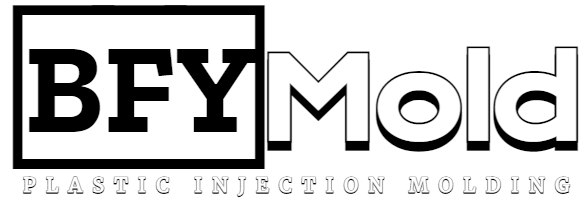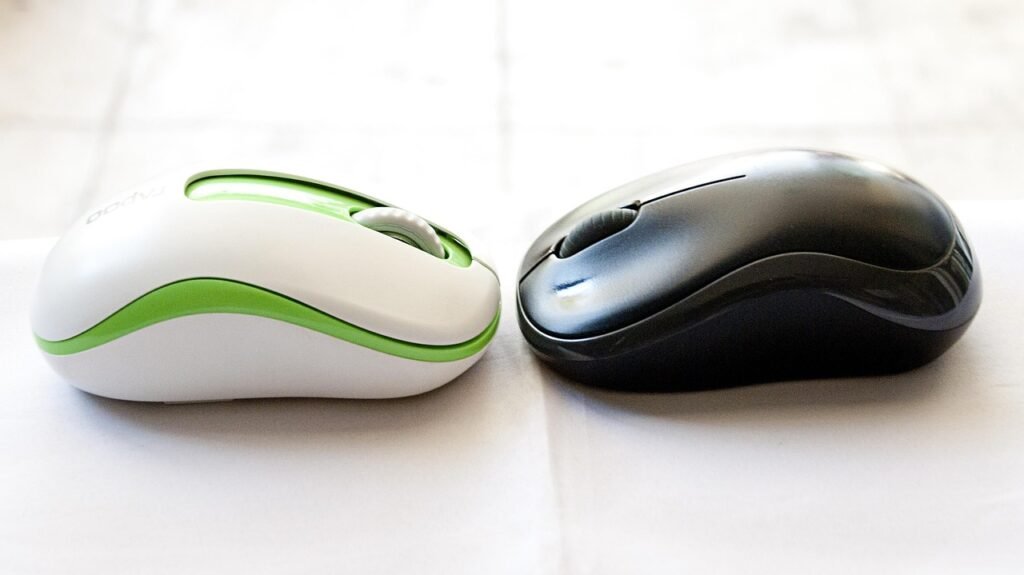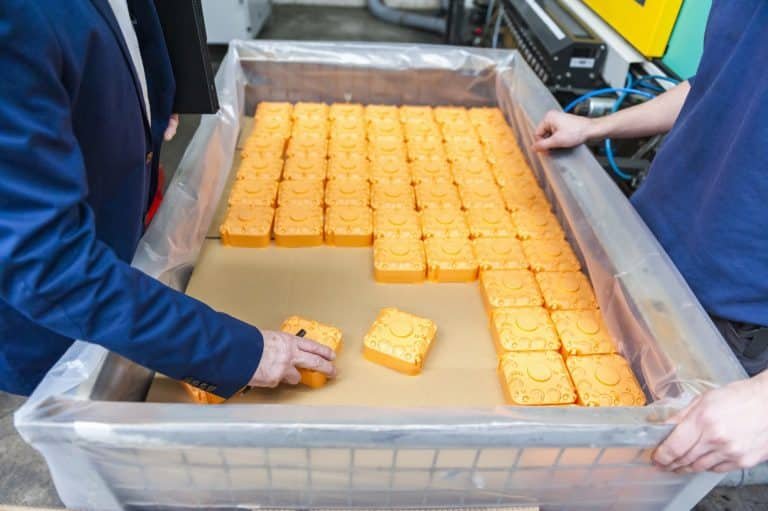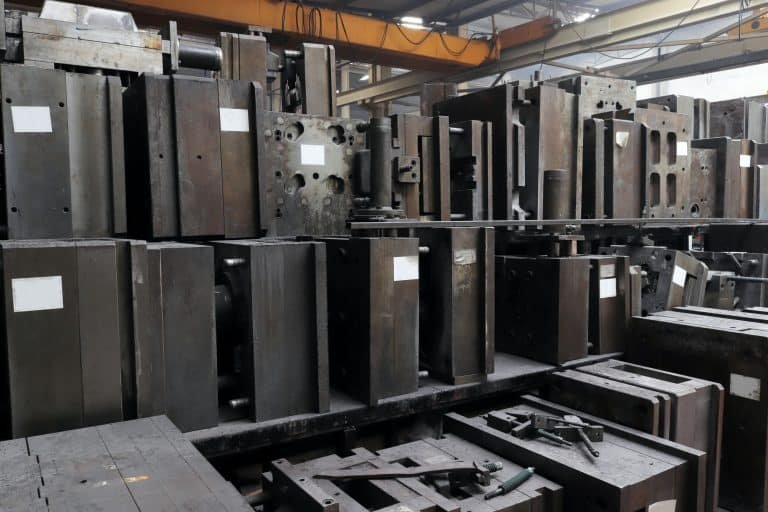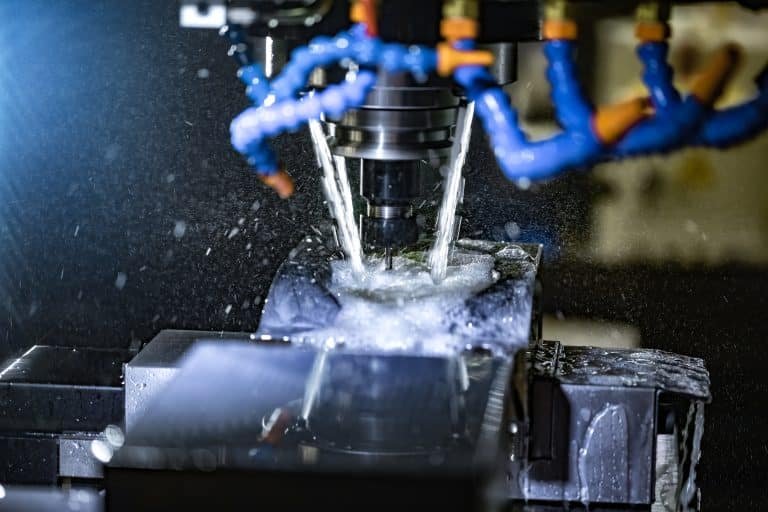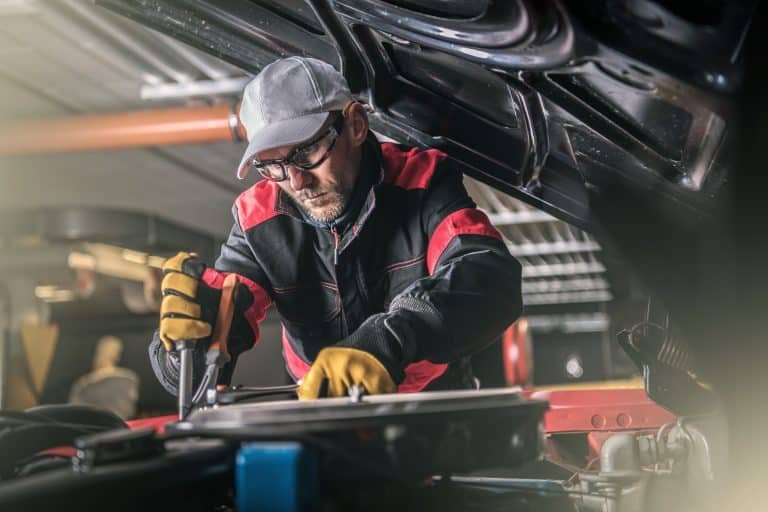The temperature of injection mold significantly influences the flow of plastic melt, solidification, production efficiency, and the shape and dimensional accuracy of plastic parts.
Each plastic injection molding has a reasonable mold temperature zone so that the fluidity of the melt is quickly filled with the cavity. The shrinkage and warping deformation of the plastic parts are small, the size is stable, and the mechanical properties and surface quality are high. In order to control the temperature of the mold, it is necessary to design a temperature regulation system, which generally adopts the method of cooling or heating the mold. Both cooling devices are used in the mobile phone shell mold if necessary.
1. The necessity of temperature regulation
Mold temperature has a significant influence on the forming quality and efficiency of rubber parts. In the mold with higher temperature, the fluidity of the molten compound is better, which is conducive to filling the cavity of the compound and obtaining the appearance surface of the high-quality glue. Still, it will make the curing time of the compound longer and easier to deform when ejecting.
For the crystalline compound, it is more conducive to the crystallization process and avoids the change of the size of the rubber parts during storage and use. In a mold with low temperature, the molten compound makes it challenging to fill the cavity, resulting in increased internal stress, dull surface, silver lines, welding marks, and other defects.
Different rubber materials have different processing properties, and the surface requirements and structure of various rubber parts are different. In order to produce rubber parts that meet the quality requirements within the adequate time, which requires the mold to maintain a certain temperature, the more stable the mold temperature, the more consistent the requirements of the produced rubber parts in terms of size, shape, appearance, and quality of the rubber parts.
Therefore, in addition to the factors of mold manufacturing, mold temperature is an essential factor in controlling the quality of rubber parts, and the control method of mold temperature should be fully considered in mold design.
2. The principle of mold temperature control
In order to ensure that rubber parts with high appearance quality requirements, stable size, and slight deformation are produced in a practical time, the basic principles of mold temperature control should be clearly understood when designing.
a. Different rubber materials require different mold temperatures.
b. Different surface quality and different mold structures require different mold temperatures, which is required in the design of the targeted temperature control system.
c. The temperature of the front mold is higher than that of the rear mold, and the temperature difference is generally about 2 to 3º.
d. The front mold temperature required by the fire pattern is higher than that required by the generally smooth surface. When the front mold needs to pass hot water or hot oil, the general temperature difference is about 40º.
e. When the actual mold temperature cannot reach the required mold temperature, the mold should be heated up, so the mold design should fully consider whether the heat brought into the mold by the rubber can meet the mold temperature requirements.
f. The heat brought into the mold by the rubber material is consumed by thermal radiation and heat conduction, and most of the heat needs to be brought out of the mold by the circulating heat transfer medium.
g. Mold temperature should be balanced, can not have local overheating, too cold. You can see this article on how to solve the impact of high temperature on the mold.
